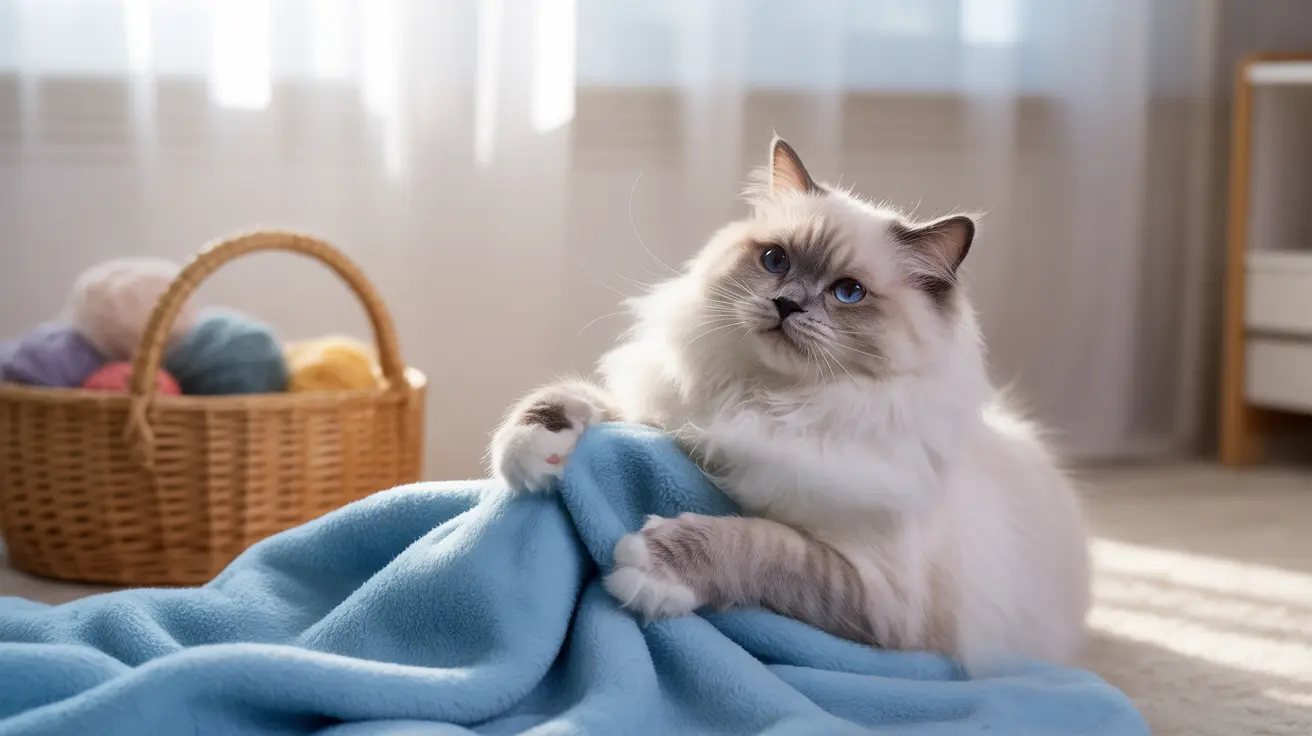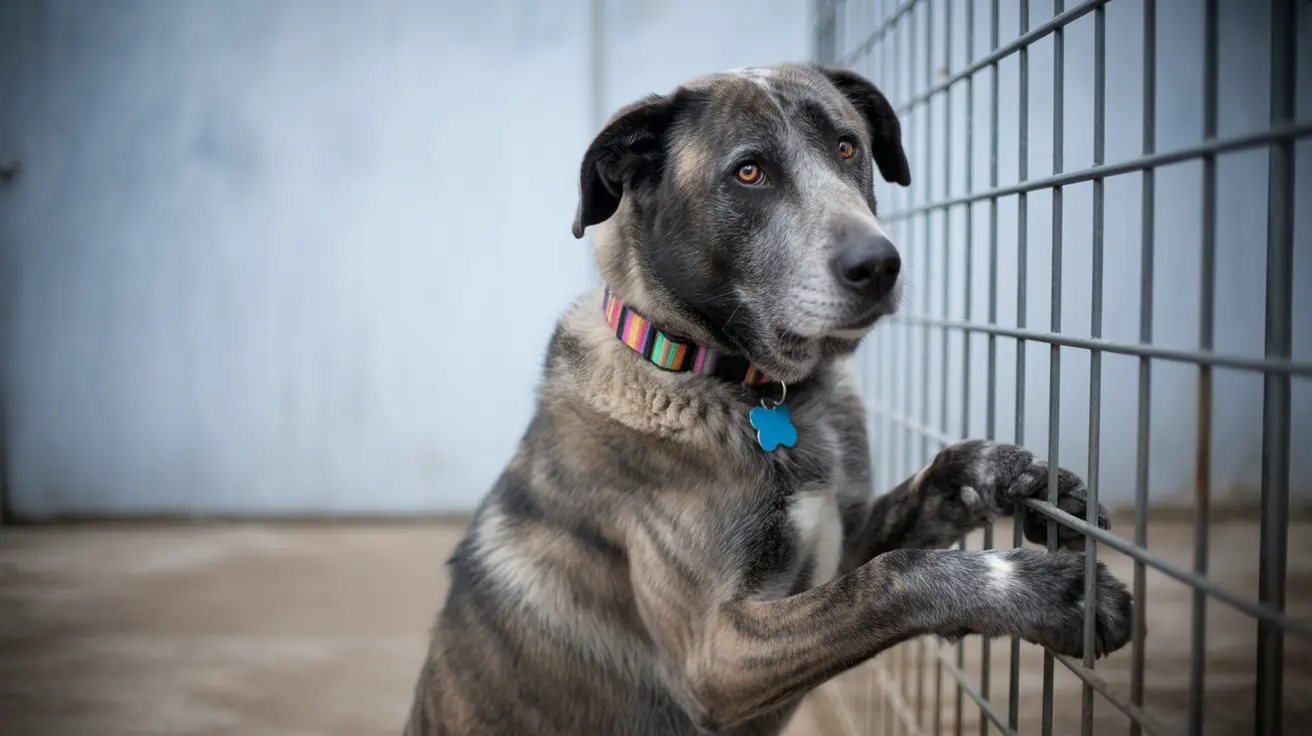If you've ever watched your cat methodically press their paws into a soft blanket while purring contentedly, you're witnessing one of the most endearing and instinctive feline behaviors. This rhythmic motion, often called "making biscuits," combined with gentle purring, has deep roots in your cat's earliest days of life and serves multiple purposes in their adult behavior.
Let's explore the fascinating reasons behind this common behavior and what it reveals about your cat's emotional and physical well-being.
The Origins of Kneading and Purring
Kneading behavior begins when cats are tiny kittens nursing from their mother. During these early days, kittens instinctively knead their mother's belly to stimulate milk production. This natural action is accompanied by purring, which helps strengthen the bond between mother and kitten while expressing contentment and comfort.
This early association between kneading, purring, and feelings of security and nourishment creates a lasting impression that cats carry into adulthood.
Why Adult Cats Continue This Behavior
Comfort and Security
When your adult cat kneads blankets and purrs, they're often recreating the comforting sensations of kittenhood. This behavior typically indicates that your cat feels safe, secure, and content in their environment.
Marking Territory
Cats have scent glands in their paw pads, and kneading helps them mark their territory. When your cat kneads your blanket, they're essentially saying, "This is my comfortable spot!"
Physical and Emotional Benefits
Stress Relief
The combination of kneading and purring can serve as a self-soothing mechanism for cats. These actions release endorphins, helping them relax and reduce anxiety.
Physical Exercise
Kneading provides gentle exercise for your cat's muscles and helps maintain flexibility in their paws and legs. The rhythmic motion keeps them limber and comfortable.
When to Monitor This Behavior
While kneading and purring are typically positive behaviors, excessive kneading or sudden changes in these patterns might indicate stress or medical issues. Pay attention to:
- Unusually aggressive kneading
- Significant increases in frequency
- Signs of anxiety or distress while kneading
- Changes in purring patterns
Tips for Managing Kneading Behavior
To protect your belongings while allowing your cat to express this natural behavior:
- Provide designated kneading blankets or beds
- Keep your cat's claws trimmed
- Consider using protective covers on favorite furniture
- Never punish your cat for kneading, as it's a natural and healthy behavior
Frequently Asked Questions
Why does my cat knead my blanket and purr at the same time?
Cats knead and purr simultaneously because both behaviors are linked to feelings of contentment and security, originating from their nursing days as kittens. The combination indicates your cat feels safe and happy.
What does it mean when my cat kneads soft surfaces like blankets?
Kneading soft surfaces is an instinctive behavior that helps cats create comfortable resting spots and mark their territory. It's also a way for them to express comfort and contentment.
Is cat kneading a sign of affection or marking territory?
It's actually both! Kneading demonstrates affection and trust while also allowing cats to mark their territory through scent glands in their paws.
Why do some cats knead with claws out and sometimes drool while purring?
Kneading with claws out is instinctive, mimicking the nursing behavior of kittens. Drooling often occurs because these actions remind cats of nursing, triggering a relaxation response.
How can I manage my cat's kneading behavior without damaging my blankets?
Provide dedicated kneading blankets, keep your cat's claws trimmed, and use protective covers on furniture. Never discourage the behavior entirely, as it's important for your cat's emotional well-being.
Conclusion
Understanding why your cat kneads blankets and purrs helps you better appreciate these charming behaviors. These actions are clear signs that your cat feels secure, content, and bonded with you. By providing appropriate outlets for this natural behavior, you can help ensure your cat maintains this healthy expression of comfort and happiness.






